
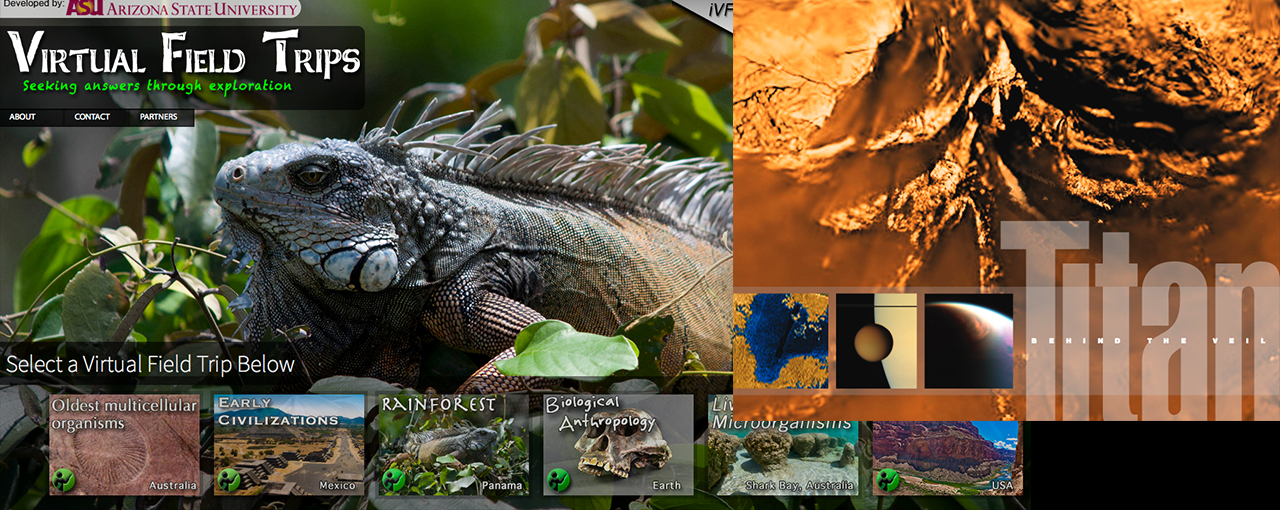
Learning Materials

In this collection of interactive digital lessons, learners travel back in geologic time to explore some of the major historical events of Earth in an attempt to understand the search for life among other planets in the universe. Travel to various locations and explore the rock record as you learn about fossils, explore the K-Pg boundary, construct an Ediacaran-period ecosystem, and find evidence of Earth’s earliest life forms.

This guide for role models aims to improve how youth think about science, technology, engineering, and math (STEM).
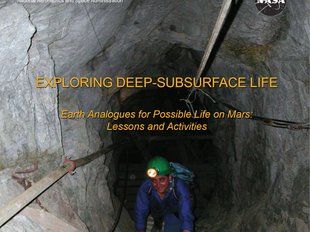
Earth Analogues for Possible Life on Mars: Lessons and Activities
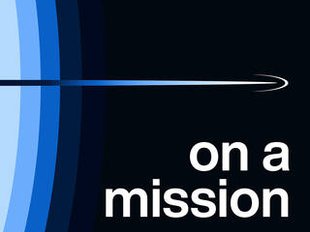
This podcast from NASA JPL shares thrilling stories about NASA missions, told through the lives of those who make space exploration possible. Season 4, Episode 11 focuses on sampling on Mars using rovers.
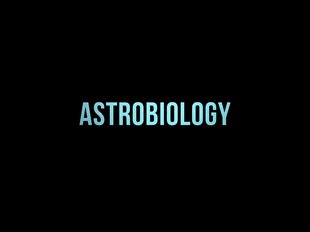
How did life begin on Earth? Does life exist beyond our home planet? How do we search for it? These are the really tough questions astrobiologists want to answer by studying life as we know it.
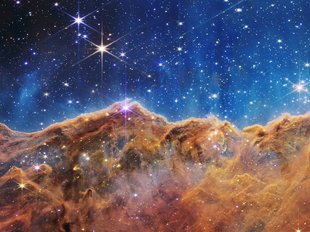
The first annual AbSciCon Creative Writing Competition was held in association with AbSciCon 2022. All submissions needed to be related to astrobiology and the search for life, but could also be focused on science, technology, missions, architecture, and management.
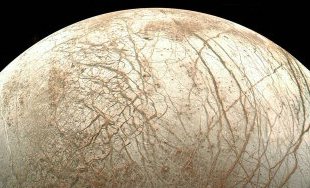
Life as we know it requires three ingredients: energy, organic molecules, and liquid water. Our search for life beyond Earth is a search for planets, dwarf planets, and moons that harbor substantial liquid water. We call these places “ocean worlds.”
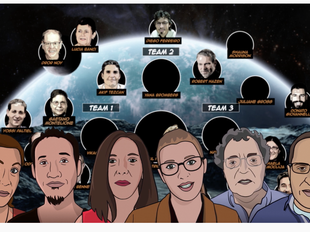
This video and accompanying guide is designed to help facilitate discussion and to provide tips for diving deeper into the world of Astrobiology. The activity is designed to enhance studies of various Life Science, Earth Science and Physical Science topics in middle school and high school such as: evolution; proteins; biogeology; chemical reactions; rocks and minerals; the solar system and the universe. Relevant cross-cutting concepts include: Nature of Science; Systems and System Models; Interdependence of Science, Engineering and Technology. Click here to download the Video Discussion Guide (pdf).
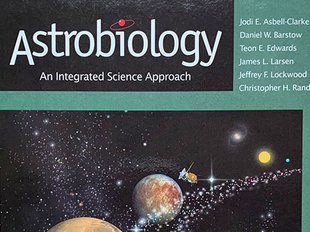
Astrobiology: An Integrated Science Approach is a full-year integrated science curriculum that weaves its way through the disciplines of biology, chemistry, physics, astronomy, and Earth science, as well as sociology, ethics, and the psychology of human thought and behavior. The curriculum is intended to offer an entry into high-school science and was developed by the Technical Education Research Centers (TERC), an independent research-based non-profit organization.
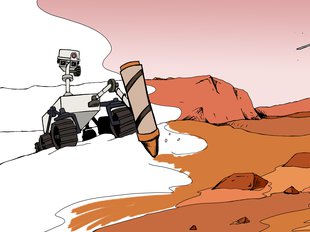
Download free coloring pages from the NASA Astrobiology Program featuring missions and scientists making amazing astrobiology discoveries. Files are available as pdf files or png images. Dig out your markers, paints, and crayons and add some color to NASA's mission! Show us your skills by posting your work on social media and tagging @NASAAstrobio
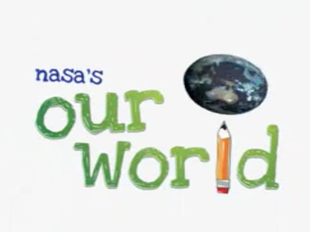
Explore the possibility of finding life on other planets. See how NASA's search for water on Mars proved successful with the Phoenix Lander. Find out about extremophiles and what makes a habitable zone for life as we know it. Since the production of this video, NASA has learned more about Mars through these missions: Mars Reconnaissance Orbiter, Mars Science Laboratory (Curiosity), Mars Orbiter Mission, and MAVEN.
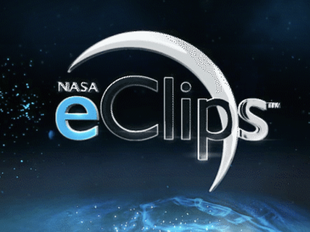
Learn about extremophiles and the hostile environments where they can be found through captivating NASA videos making up this 3rd-5th collection. Almost every possible environment on Earth is home to a living organism, no matter how hostile the environment may seem.
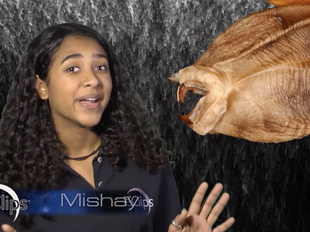
Where do we find extremophiles? We look for environments that push the limits for ordinary living organisms. NASA conducts analog testing in these extreme environments to better understand life on Earth and identify the potential for life in the universe.
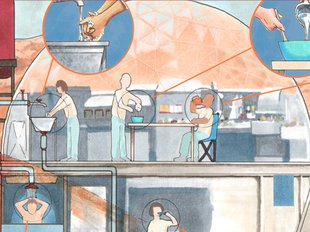
Water in Extreme Environments engages youth in collaborative teams to engineer water filters with basic materials, and by playing a game to learn about where water can be found in our solar system.
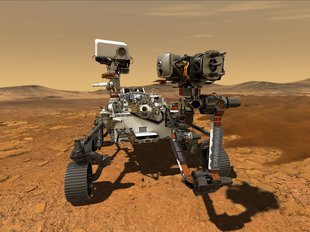
Lead students in designing and building a mission to Mars with a guided education plan and resources from NASA, join in live stream Q&As with experts, and share student work with a worldwide audience. Learn how, why, and what Perseverance will explore on Mars, and find out about an exciting opportunity for you and your students to join in the adventure!
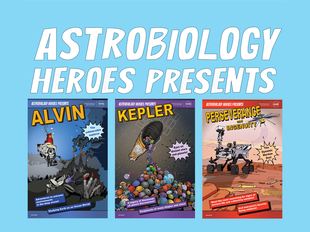
Download posters and digital wallpapers of some of astrobiology's greatest heroes! From exploring the depths of Earth's oceans to spotting worlds around distant starts, these heroes of astrobiology science are helping us understand life's origins on Earth and the potential for life in the Universe!
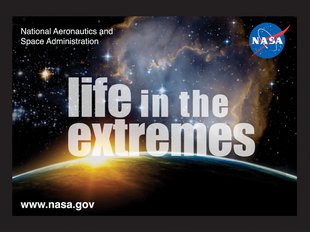
This educational product includes a set of trading cards featuring nine different extremophile groups. The front of each card has an image of an environment in which the extremophiles thrive (e.g. Grand Prismatic Spring at Yellowstone for the thermophiles). The back of each card has a small photo of a representational organism (e.g. Deinococcus radiodurans for the radioresistant microbes) and engaging text about each group’s “Extreme Abilities”, “Extreme Environments” and “Extreme Examples”. The trading cards were developed by the former NASA Astrobiology Institute (NAI) team at the University of Wisconsin, Madison.
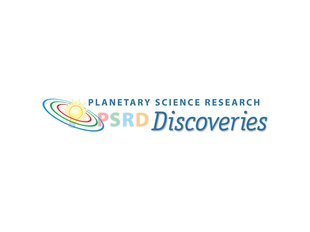
Planetary Science Research Discoveries (PSRD) is a NASA-sponsored educational site sharing research on meteorites, asteroids, planets, moons, and other materials in our Solar System. Easily search through the extensive PSRD Archives for background reading and annotated slide sets for your online learning
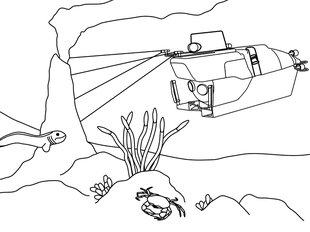
A collection of materials from the Woods Hole Oceanographic Institution released for the celebration of the 50th Anniversary of the Alvin submersible.
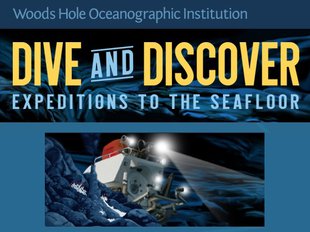
Dive and Discover is an interactive website designed to immerse you in the excitement of discovery and exploration of the deep seafloor. There are a number of virtual expeditions of particular relevance to astrobiology, including sections on hydrothermal vents on the ocean floor.
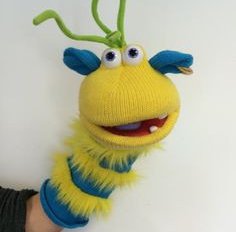
A new set of Astrobiology lesson plans for K-12 classrooms from Albion College. In this collection of science activities, seven thorough lesson plans regarding distinct topics in Astrobiology are presented. Each lesson plan has direct and descriptive rationale, objectives, materials, instructions, assessments, reflections, standards, grade levels, and evaluations.
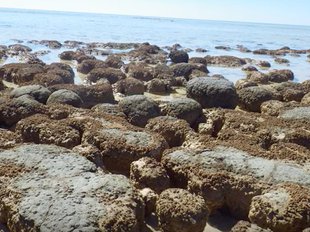
Stromatolites are one of the oldest ecosystems on Earth. These structures are made by the activities of microbes. This video provides some basic insight into living examples of these ancient microbial ecosystems.
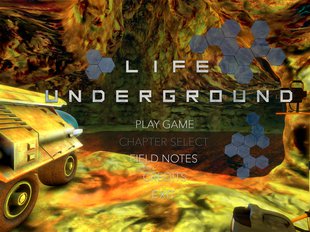
Through the NASA Astrobiology Institute (NAI), the NASA Astrobiology Program supported the development of an educational game called Life Underground at the University of Southern California’s School of Cinematic Arts. Life Underground is an interactive outreach experience for 7th and 8th grade classrooms. The goal is for students to visualize microscopic life at a range of terrestrial and extraterrestrial subsurface conditions. Students take the role of a young scientist investigating extreme subsurface environments for microbial life. Tested by teachers, Life Underground was carefully designed to deliver the excitement of astrobiology exploration into middle school classrooms and inspire players to explore STEM-based careers.
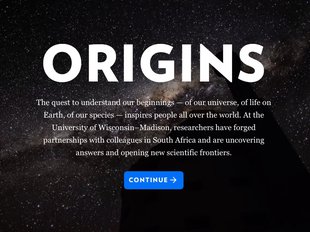
The quest to understand our beginnings — of our universe, of life on Earth, of our species — inspires people all over the world. At the University of Wisconsin–Madison, researchers have forged partnerships with colleagues in South Africa and are uncovering answers and opening new scientific frontiers.

The story of oceans is the story of life. Oceans define our home planet, covering the majority of Earth’s surface and driving the water cycle that dominates our land and atmosphere. But more profound still, the story of our oceans envelops our home in a far larger context that reaches deep into the universe and places us in a rich family of ocean worlds that span our solar system and beyond.
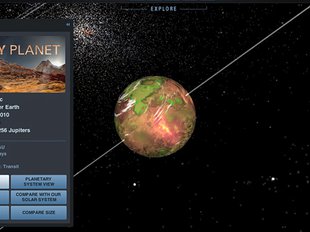
Get set for launch. “Eyes on Exoplanets” will fly you to any planet you wish—as long as it's far beyond our solar system. This fully rendered 3D universe is scientifically accurate, allowing you to zoom in for a close look at more than 1,000 exotic planets known to orbit distant stars.
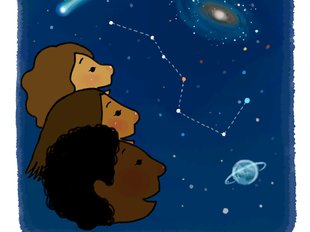
Rising Stargirls announces the release of their new Teaching and Activity Handbook! By integrating creative strategies such as free writing, visual art, and theater exercises, this new innovative astronomy curriculum addresses each girl as a whole by providing an avenue for individual self-expression and personal exploration that is interwoven with scientific engagement and discovery. Hands-on activities, educator resources, and a suggested structure for workshops are provided in this manual. It is meant for use it in classrooms and informal learning environments anywhere in the world. The activities are created for middle-school girls, ages 10-15.
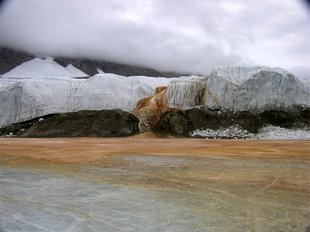
With gorgeous graphics, supporting background reading, and three inquiry- and standards-based, field tested activities, this poster is a great addition to any middle or high school classroom. It explores the connection between extreme environments on Earth, and potentially habitable environments elsewhere in the Solar System.

Learn about the potential habitability of selected bodies in our Solar System, from moons to planets, with these colorful and collectable trading cards. Click to download the cards as a pdf file from NASA Astrobiology.
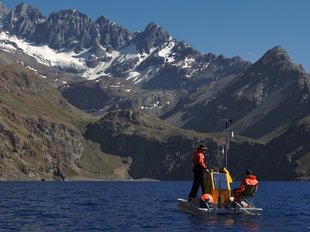
In December 2011, high in the central Andes of Chile, NASA scientists launched the prototype Planetary Lake Lander, a testing platform for the development of robots that are capable of making scientific decisions based on the data they collect. Dr. Nathalie Cabrol leads a team of researchers working on these smart robots, which will expand our ability to search for life in the universe.
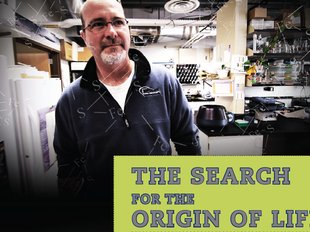
The Search for the Origin of Life takes a personal look at scientists around the United States working with the NASA Astrobiology Institute (NAI) to understand the origin of life. Attempting the seemingly impossible, these researchers want to answer one of humanity's oldest questions - how did life begin? Travel with them to some of our planet Earth's most extreme environments - from the frozen glaciers of the Canadian Arctic, to the inhospitable thermal springs of Yellowstone National Park, and to mysterious caves in Italy.
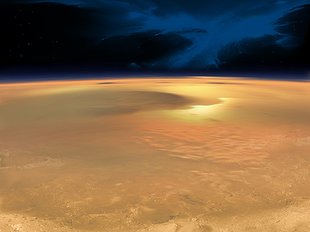
Astrobiobound gives middle and high school students an opportunity to take a crack at planning an astrobiology-specific NASA science mission to Mars, helping them to learn how science and systems engineering play a part in achieving their goal.
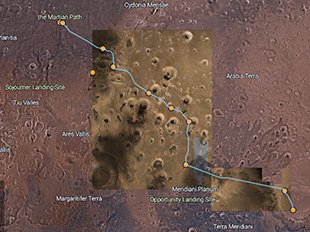
The Solar System Treks are online, browser-based portals that allow you to visualize, explore, and analyze the surfaces of other worlds using real data returned from a growing fleet of spacecraft.
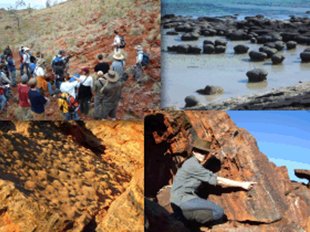
NAI scientists and their international partners are featured in this documentary which has aired both on PBS and NASA-TV. The program highlights cutting edge field work looking at unique habitats and survival mechanisms of life on Earth.
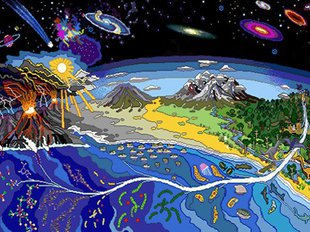
This is an integrated science curriculum for ninth or tenth grade based on the theme of evolution. It’s six modules span the breadth of astrobiology research, from cosmic evolution through the evolution of life, and beyond. The curriculum is hosted by the SETI Institute and downloadable through the SETI site by clicking here.
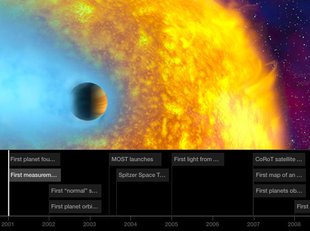
NASA’s Planet Quest website presents a Historic Timeline of the search for other worlds.
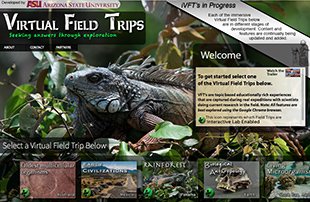
These are topic based, educationally rich, experiences that are captured during real expeditions with scientists doing current research in the field.
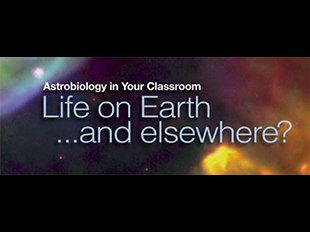
This booklet contains five inquiry- and standards-based classroom activities for grades 5-8 and three math extensions spanning topics from Defining Life, to Determining the Chances of Extraterrestrial Life.

Watch John Delanos TEDx talk about a survey of astrobiology research topics masterfully conveyed as a “story of us.” The talk ranges from the manufacture of organic molecules in space to extrasolar planets, to hyperthermophilichemolithoautotrophs!

Out of billions of galaxies and billions of stars, how do we find Earth-like habitable worlds? What is essential to support life as we know it? In this TED Ed video, astrobiologist Ariel Anbar provides a checklist for finding life on other planets.
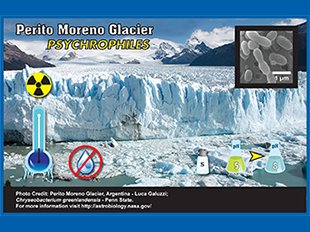
This hands-on/minds-on lesson can engage learners in a variety of settings, showing them how scientists use Earth-based bacteria to investigate the potential for life on Mars.
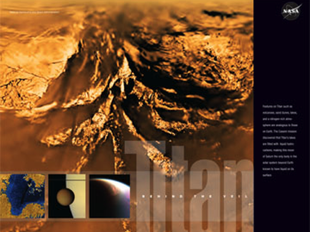
You can now display images of the intriguing world of Titan in your classroom, office, or home! In addition to the beautiful image on the front of the poster, there are lesson plans and background reading on the back.
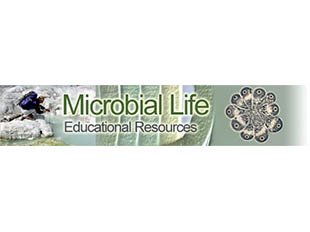
Microbial Life is a freely accessible digital library dedicated to the diversity, ecology, and evolution of the microbial world. Engage students with hands-on activities and other curriculum-based resources that cover astrobiological topics.
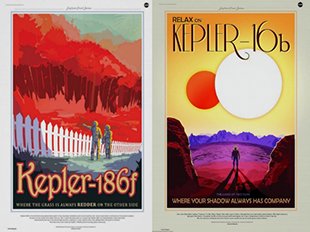
The PlanetQuest group at JPL created these amazing posters, beckoning us to consider places beyond our imagination – beyond our Solar System!
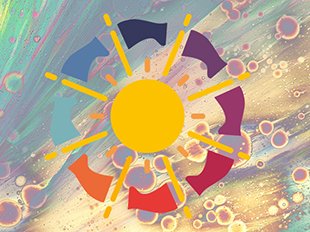
In celebration of the 2015 International Year of Light, a new international exhibition, "LIGHT: Beyond the Bulb" has been launched by the same group that created “From Earth to the Universe”.
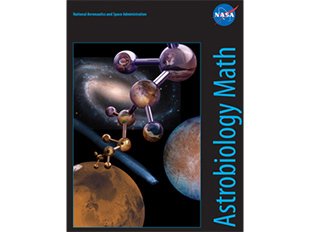
Interested in using astrobiology to teach math? Already teaching astrobiology and want to bring in some math problem sets? The Astrobiology Math booklet was developed by Dr. Sten Odenwald at NASA as part of the Space Math at NASA project.
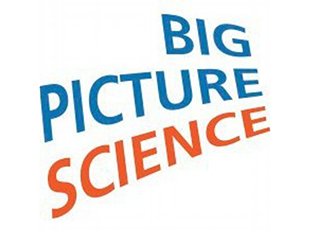
The Big Picture Science radio show, produced by the SETI Institute, takes listeners on a journey with modern science research through lively and intelligent storytelling. A special astrobiology collection is available.